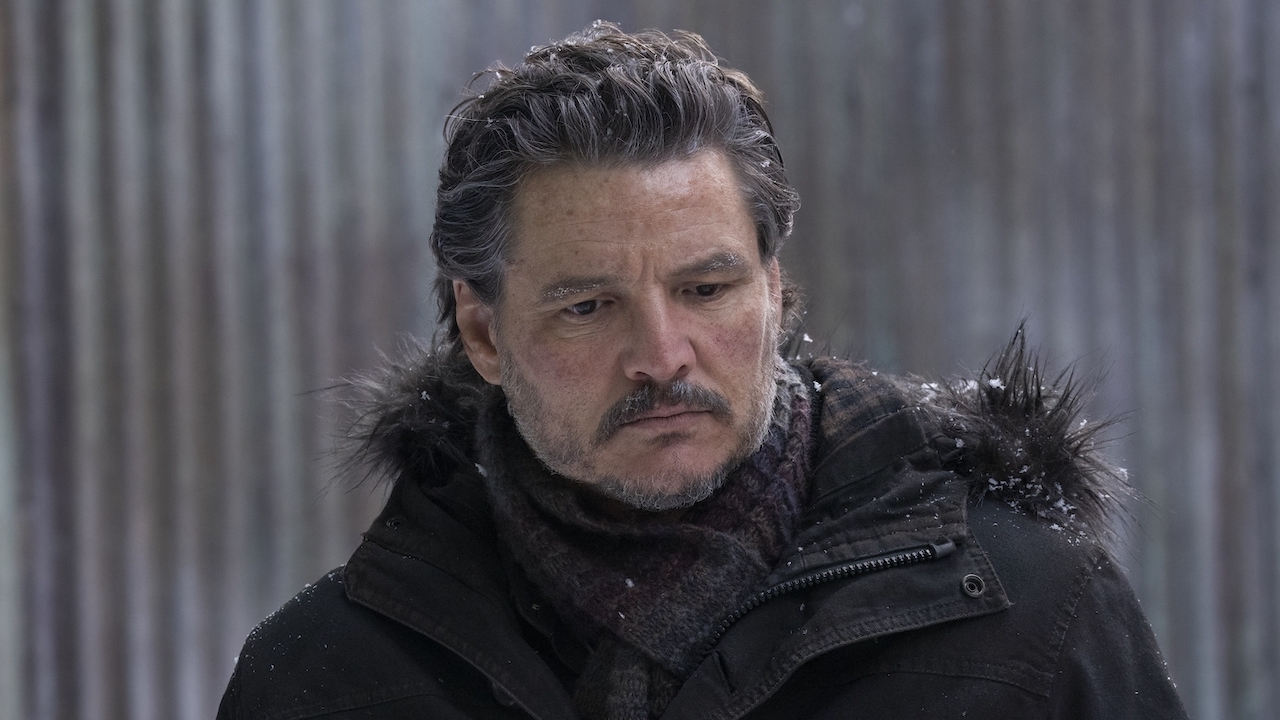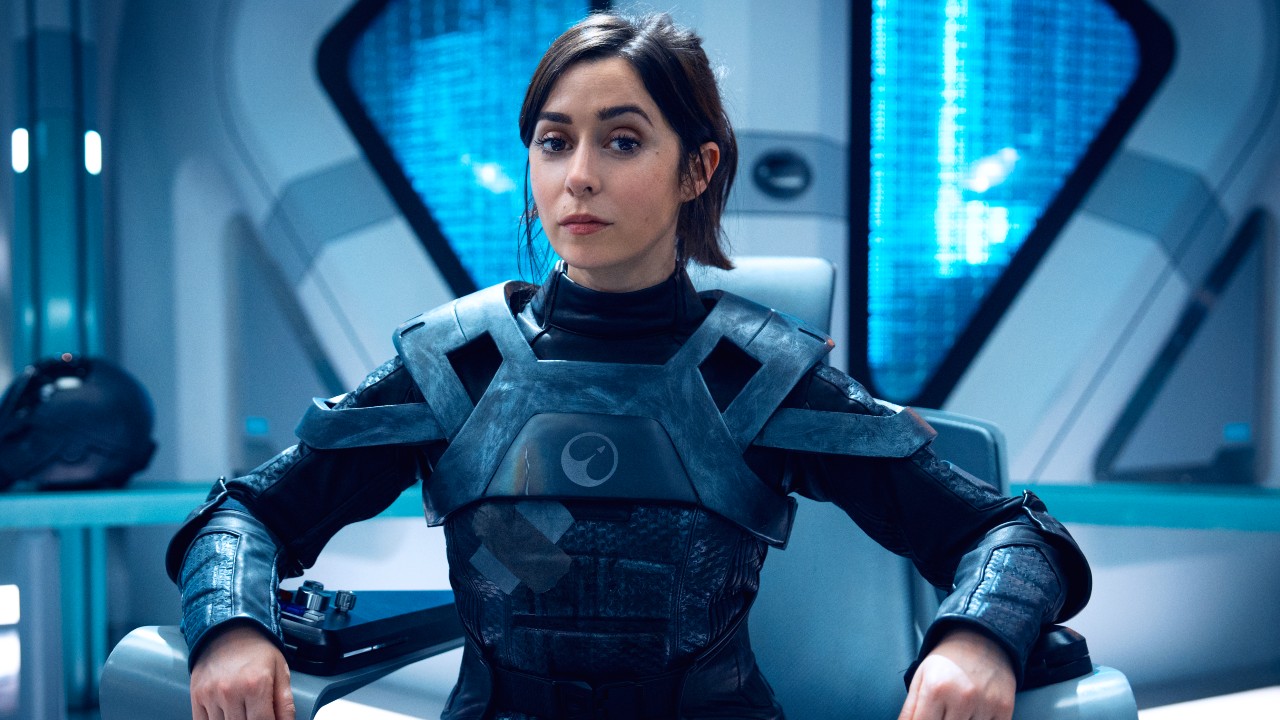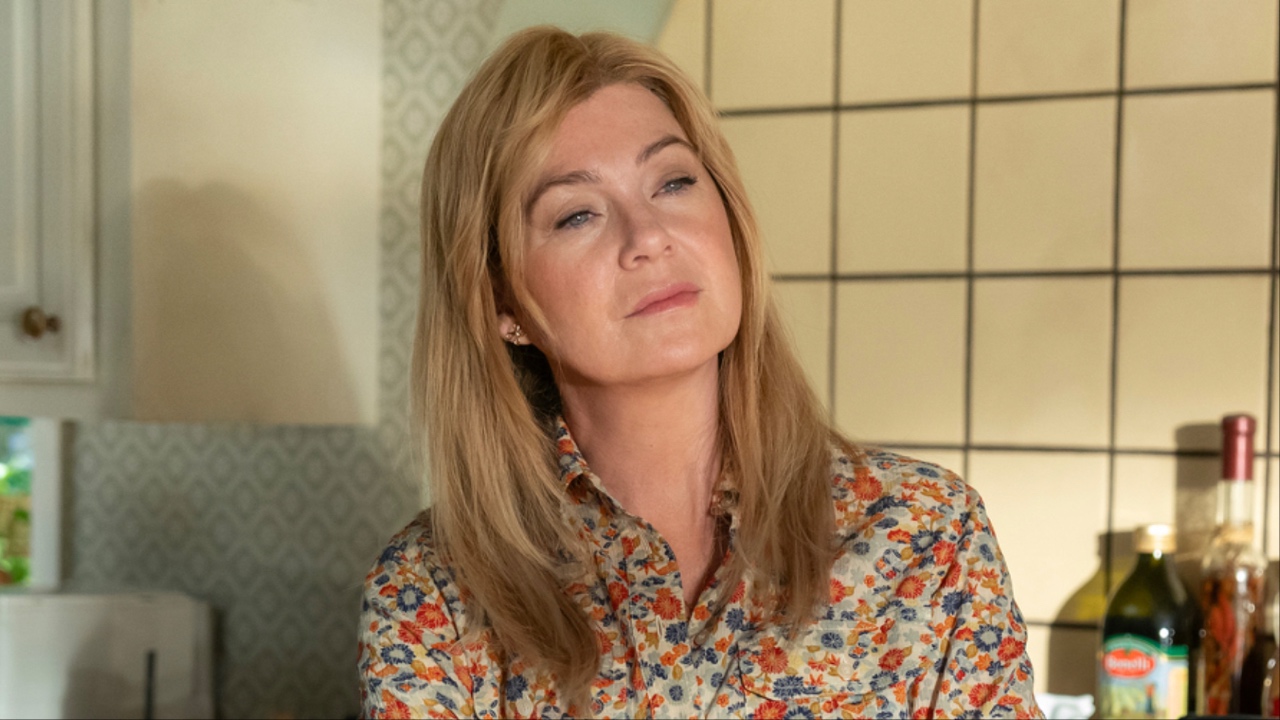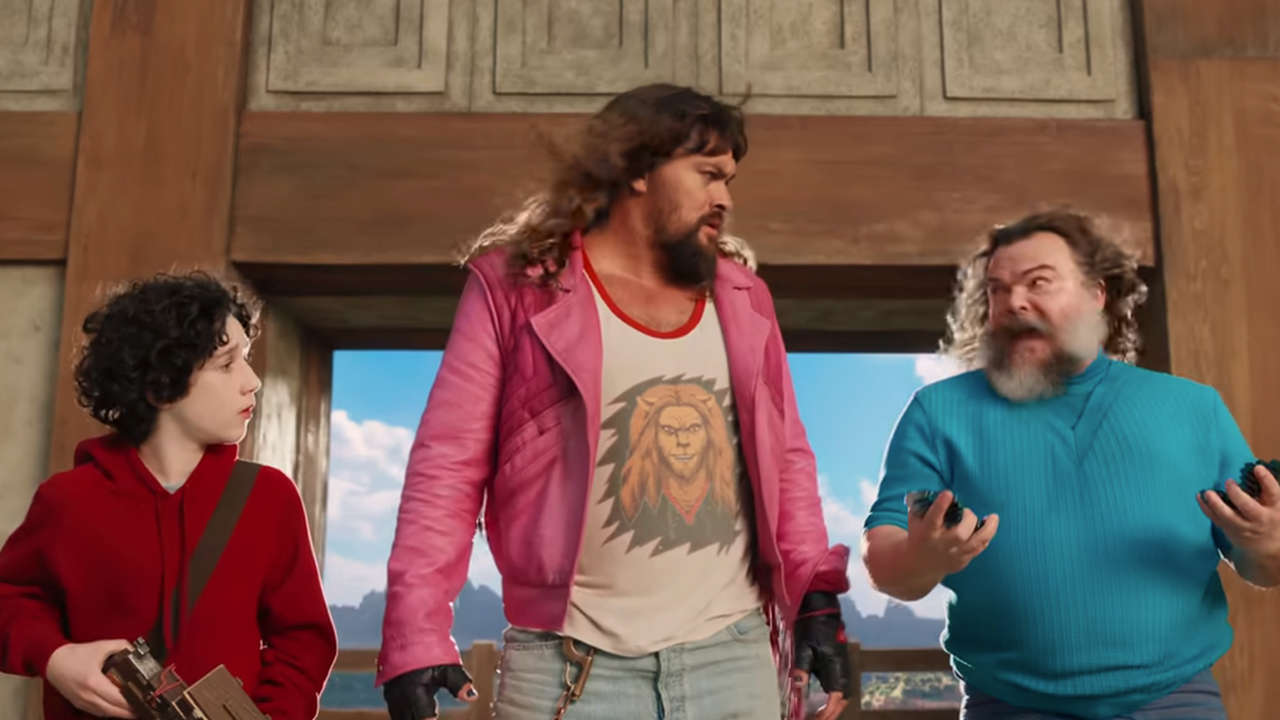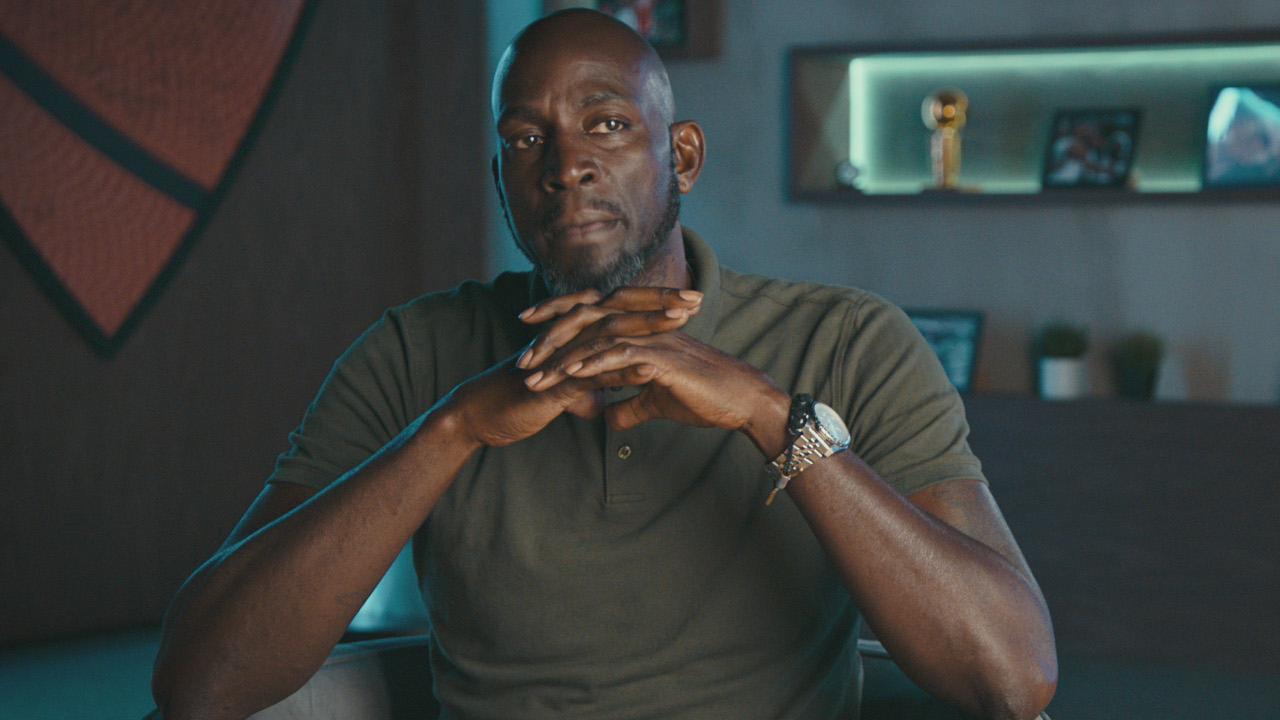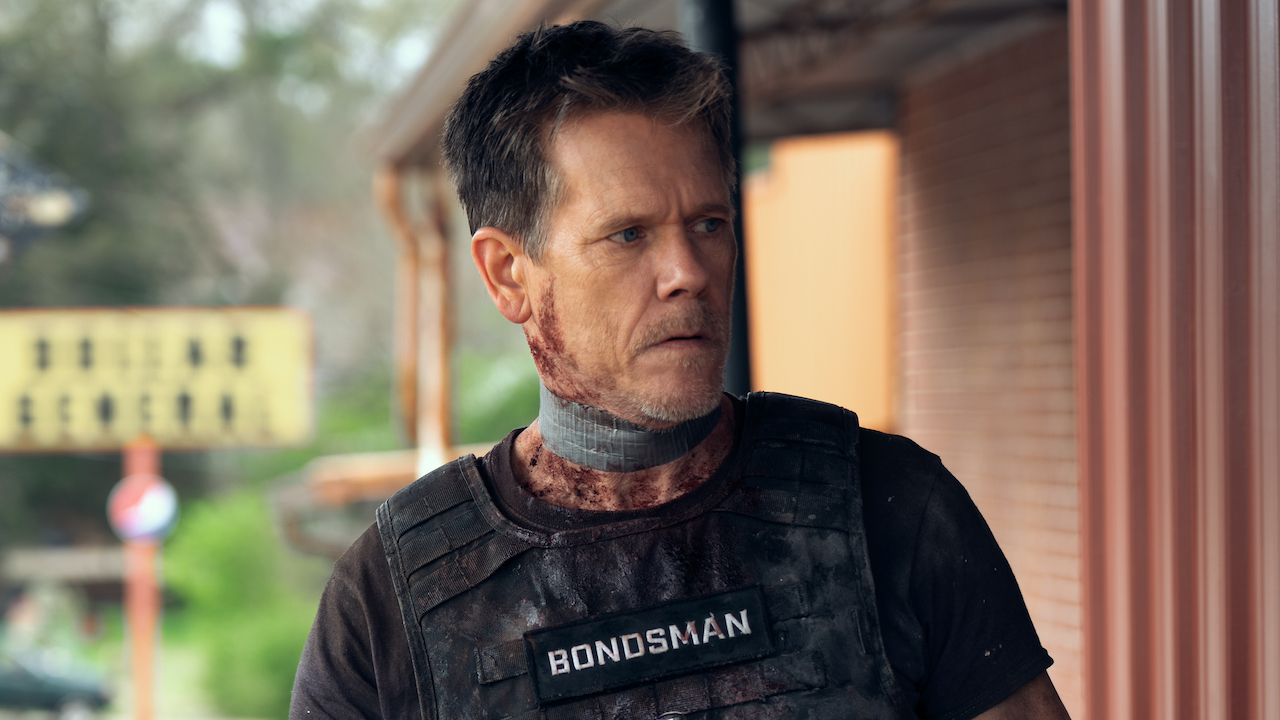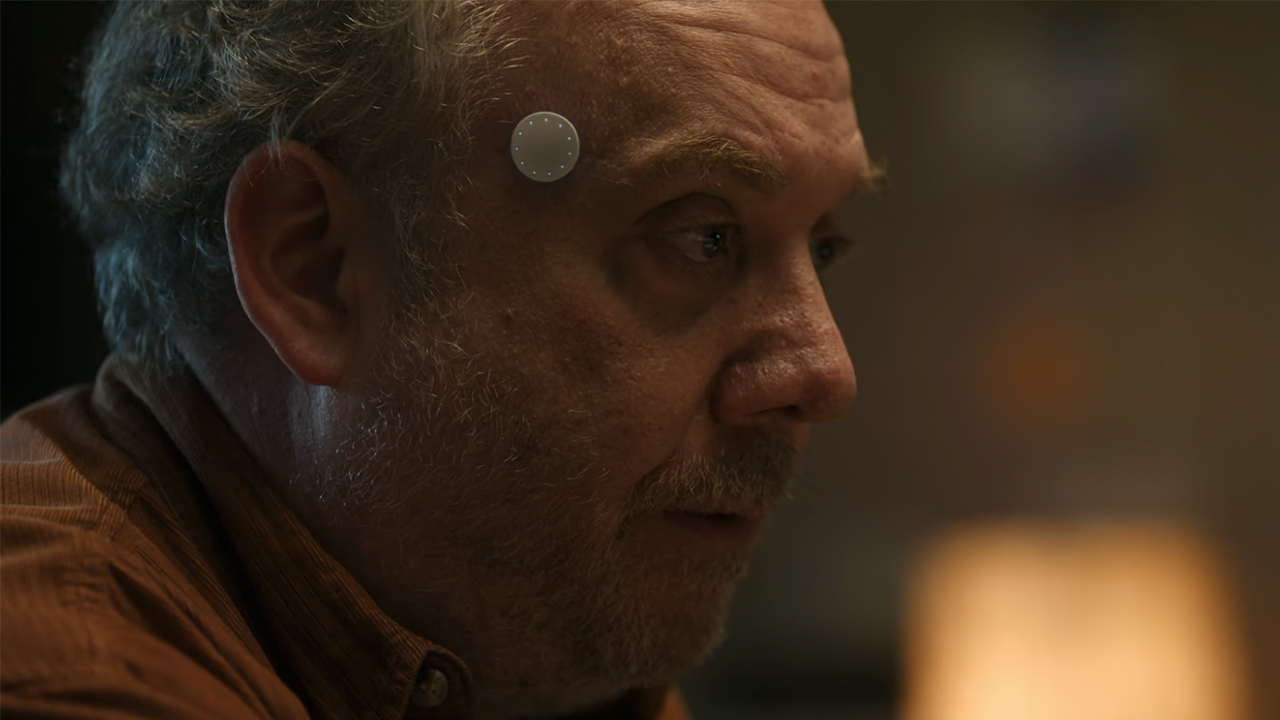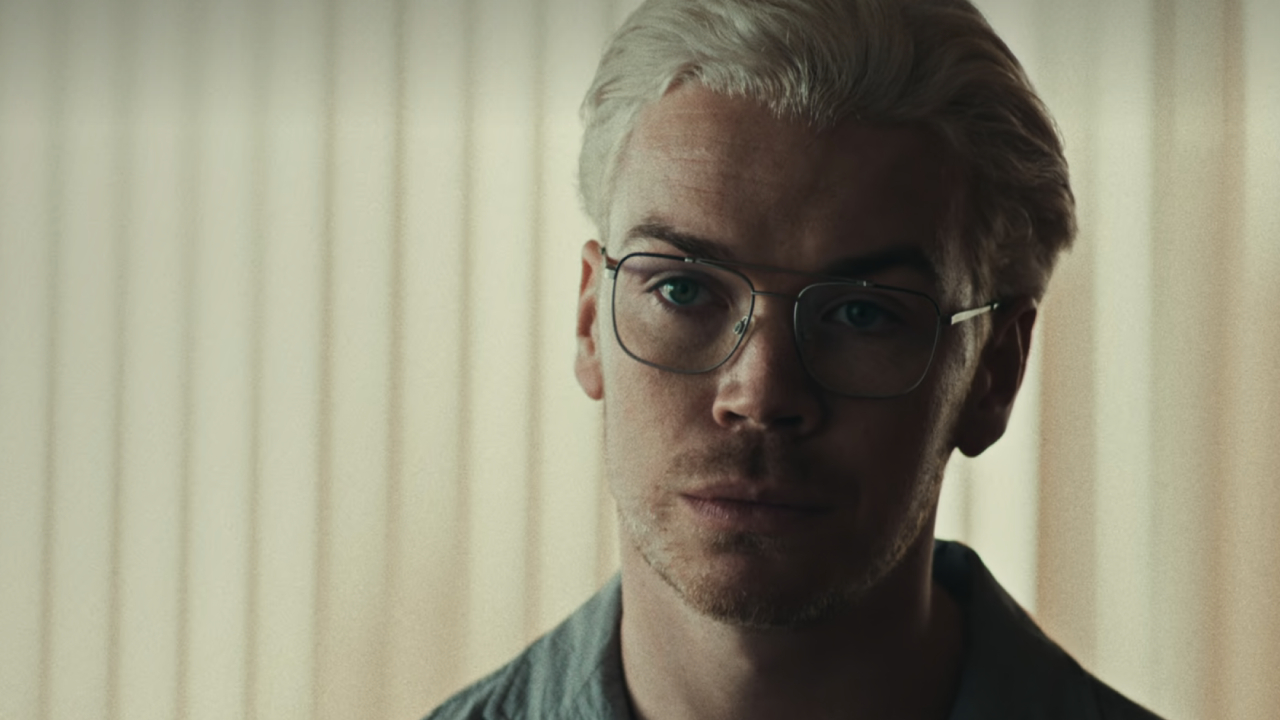Adapting Stephen King's Carrie: The 2013 Movie Is The Epitome Of A Useless Remake
Every remake should have a point. This one doesn't.
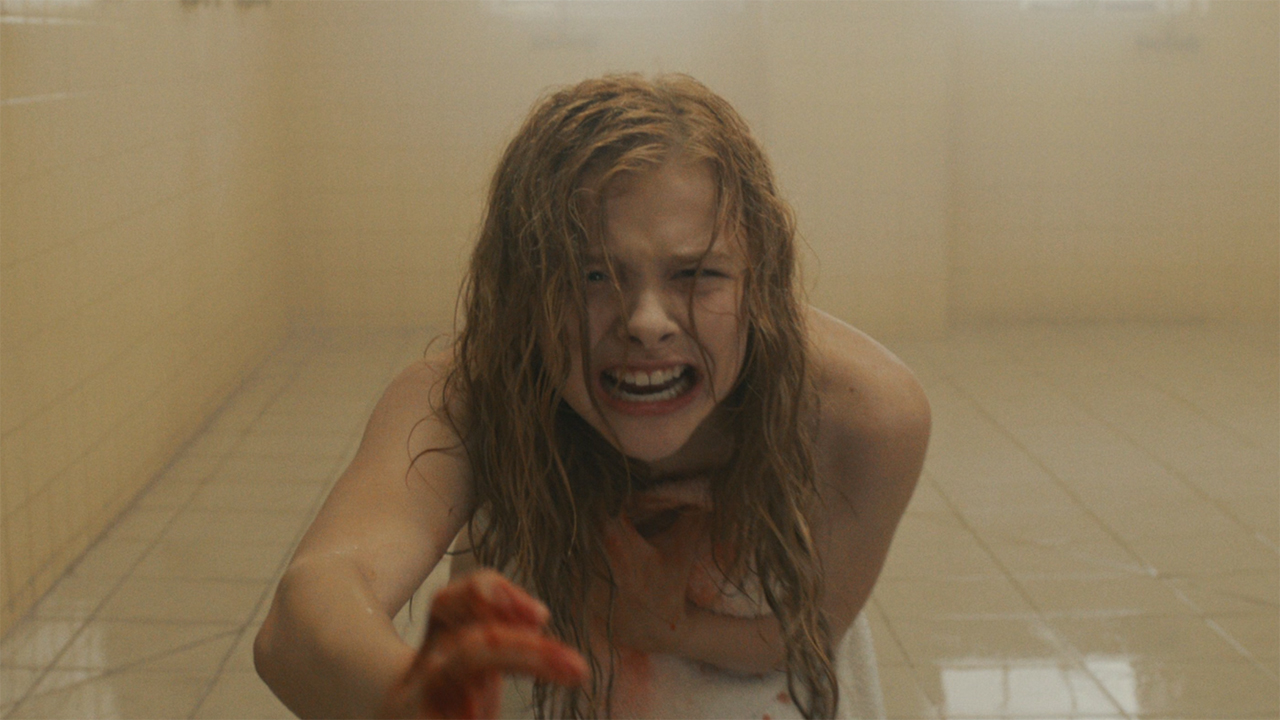
By the 2010s, Stephen King remakes had become commonplace alongside all of the “original” films and TV shows being developed based on his work. King himself kicked open the door in 1997 when he used his clout to make a miniseries version of The Shining more faithful to his source material than Stanley Kubrick’s 1980 film, and said door has been hanging on its hinges ever since – with Hollywood producing new interpretations of books like The Dead Zone and Salem’s Lot, and fresh adaptations of short stories like “Trucks” and “Children Of The Corn.”
Carrie, however, exists in a league of its own. The book was first given the remake treatment in 2002 with the TV movie/backdoor pilot directed by David Carson… and then less than a decade later rights-holder MGM and Screen Gems decided to team up and put another big screen version of the story into development. To date, it is the only Stephen King book that has inspired multiple remakes (though that will change in 2023 with the arrival of Gary Dauberman’s Salem’s Lot).
When the news of the feature film redo of Brian De Palma’s beloved 1976 classic was announced in 2011, it inspired plenty of confusion – including some from Stephen King himself. Entertainment Weekly reached out to the author the day after the news broke that screenwriter Roberto Aguirre-Sacasa had been hired to pen a script, and he expressed a sentiment that cinephiles regularly share when it comes to studios remaking classics:
I’ve heard rumblings about a Carrie remake, as I have about The Stand and It. Who knows if it will happen? The real question is why, when the original was so good? I mean, not Casablanca, or anything, but a really good horror-suspense film, much better than the book... I guess I could get behind it if they turned the project over to one of the Davids: Lynch or Cronenberg.
The remakes of The Stand and IT continued to stall for many more years, and Stephen King did not get his wish for one of the “Davids.” A little over six months after the Carrie remake was announced, MGM and Screen Gems tapped Boys Don’t Cry’s Kimberly Peirce for the directing gig, and a few months after that the titular role was cast, with acclaimed child star Chloe Moretz landing the job in the wake of starring in Kick-Ass, Hugo, and Let Me In.
After initially being planned as a March 2013 release, post-production changes and reshoots delayed the horror movie to an arguably more appropriate Halloween season date – October 18, 2013 – but the spooky season did nothing to help early reception, and it certainly hasn’t done anything to bolster the film’s legacy. Instead of trying to do anything different or new with the source material, Kimberly Peirce’s Carrie is the epitome of a useless remake, and I’m digging into the “why” in this week’s Adapting Stephen King.
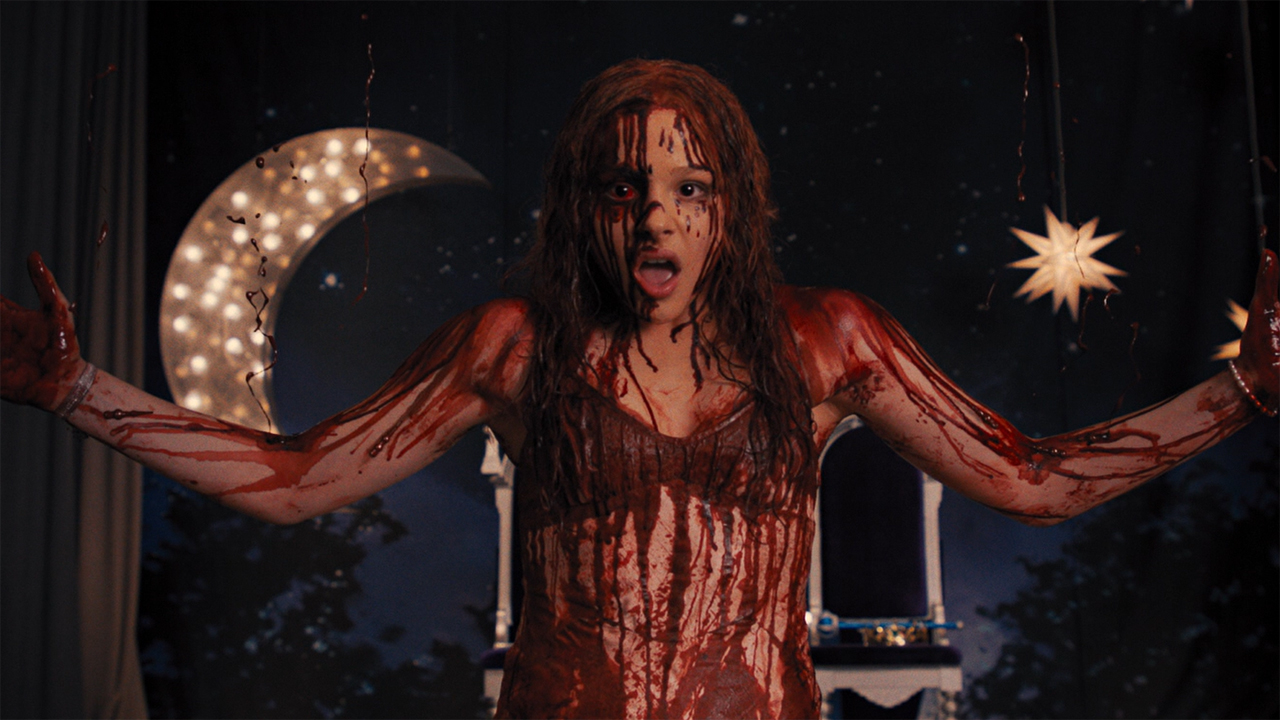
How Kimberly Peirce’s Carrie Differs From The Previous Carrie Adaptations
There is nothing inherently wrong with the development of a remake. When it comes to adaptations, remakes provide the opportunity for previously unused details from the source material to be utilized – but on a more general level, different filmmakers interpret stories different ways, and it can be fascinating to see how plots and characters can evolve with an alternate perspective.
The aforementioned 2002 adaptation of Carrie isn’t a very good TV movie/pilot, but it is a project with demonstrated raison d’etre. For better or for worse, it makes its own big choices about the direction of the story (most notably by having the protagonist survive at the end), and it’s arguably an even more faithful take on the epistolary novel than the 1976 film in that it constructs a non-linear storyline and includes notable scenes from the book like Carrie destroying her whole hometown while going home from her nightmarish prom, and killing her mother by telekinetically squeezing her heart until it stops.
CINEMABLEND NEWSLETTER
Your Daily Blend of Entertainment News
The key problem with Kimberly Peirce’s Carrie is that it’s not a remake of Stephen King’s book; it’s a remake of Brian De Palma’s movie – and that’s a key distinction. It doesn’t so much further engage with King’s work as it does try to recreate the magic and iconography of the first time the material was brought to the big screen… and what’s the point of that?
There is really only one scene in the 2013 movie that isn’t depicted in either of the previous adaptations of Carrie, and it happens to be the opening sequence featuring the psychotic Margaret White (Julianne Moore) giving birth to her daughter. It’s different from the book in that it doesn’t feature any police intervention as a result of noise complaints from neighbors, but it does carry over the idea that Margaret believes she is dying from “a cancer of the womanly parts” instead of being in labor. Funny enough (or unsurprisingly, depending on how you look at the situation), per the bonus features on the Blu-ray, this scene wasn’t actually included in the film until the reshoots during post-production.
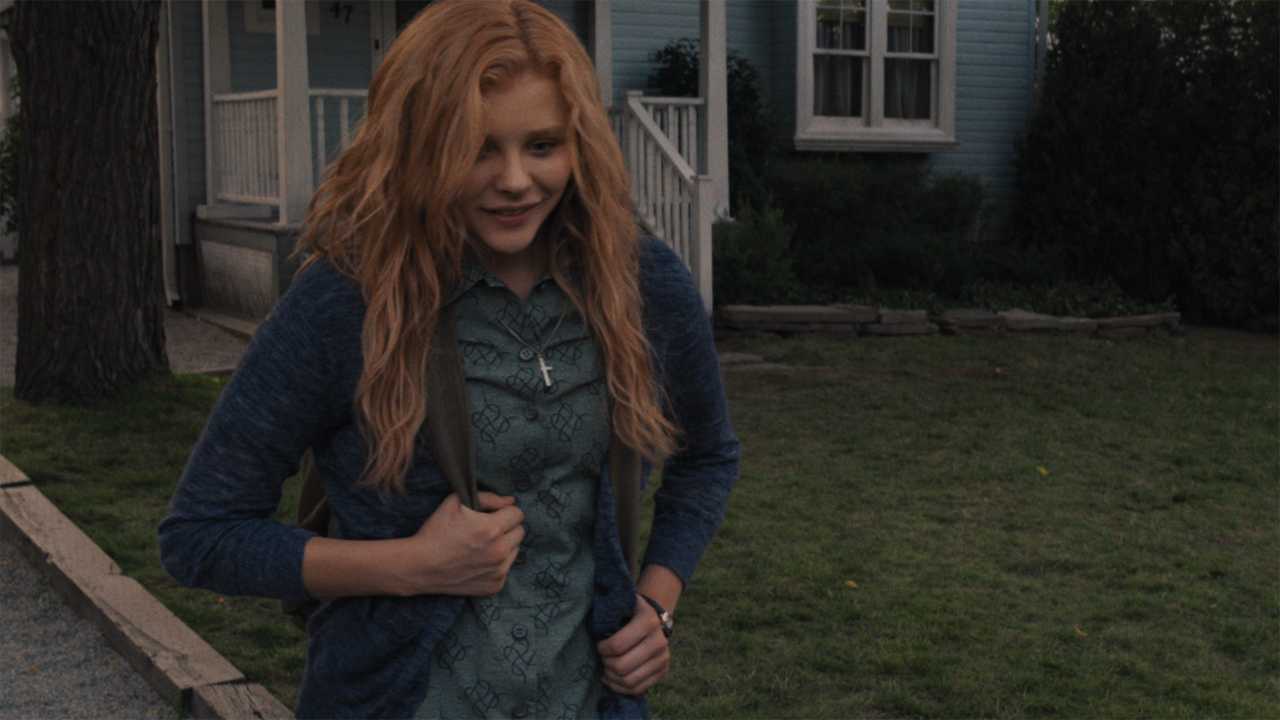
How Kimberly Peirce’s Carrie Differs From The Book
Many of the deviations from the source material in Kimberly Peirce’s Carrie are ones that were previously utilized in adapting the Stephen King book, with notable examples including the death of Margaret White (who becomes a kitchen utensil pin cushion, just like in Brian De Palma’s movie) and the prom queen (Chloe Moretz) being buried with her mother as the White home is destroyed in a supernatural rock storm. The only attempt to modernize the story is by having Chris Hargensen (Portia Doubleday) upload a video of Carrie’s shower meltdown to YouTube and play it during the school dance. Original elements in the film are few and far between – but they do exist.
In addition to Margaret being front and center in the movie’s prologue, this is the first version of Carrie to show the character at work. She is employed as a seamstress at a dry cleaners, and while this job seemingly requires little interaction with the public on a normal day, there is a scene included where she has an encounter with Sue Snell’s mother (Cynthia Preston), and she is depicted as being unhinged to the point where she impulsively and quietly stabs herself in the thigh with a seam ripper during the conversation.
One of the odder choices that the movie makes is the decision to include a reveal that Sue Snell (Gabriella Wilde) is pregnant – but in fairness to the movie, most of the oddness is clarified if you know about the film’s alternate ending. In the theatrical cut of Carrie, it’s first teased that Sue is pregnant when she vomits in a high school bathroom (remember: the only reason women vomit in movies is because of morning sickness) and Carrie tells Sue about the baby shortly before the tortured telekinetic kills herself. Sue is shown to have a bigger belly during an extremely brief courtroom scene – a nod to the court transcript elements of Stephen King’s novel – and the movie ends with her walking past Carrie’s grave, which has been vandalized with the familiar message “Carrie White Burns in Hell.”
Nothing is ultimately made of Sue’s pregnancy, and the film as originally released ends with the sound of Carrie screaming and the headstone cracking (for no explainable reason).
The alternate ending skips the courtroom bit, and after Sue takes her trip to the graveyard there is an extra sequence with her in the hospital giving birth. She panics as she has painful contractions, and while doctors try to calm her down, a bloody hand bursts out of her and grabs her arm. Just like in Brian De Palma’s Carrie, this horror is revealed to be a nightmare, and the film ends with a still-pregnant Sue screaming and crying in her mother’s arms.
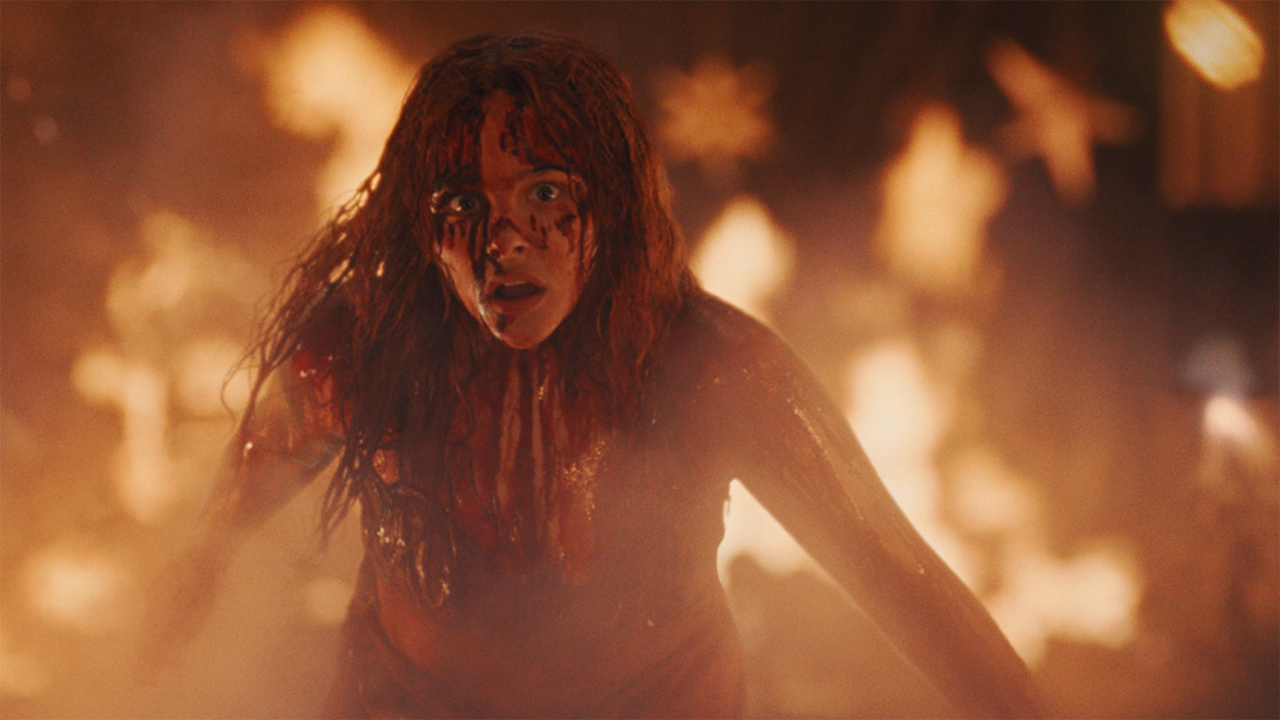
Is It Worthy Of The King?
Because MGM is seemingly compelled to squeeze the IP under its control for all of its worth, I honestly wouldn’t be too surprised to learn of another new version of Carrie going into development in the next five to 10 years. If that turns out to be the case, Kimberly Peirce’s movie sets some incredibly low expectations for what could come as a result. It’s a bland manufacturing that feels designed to constantly ask, “Hey, do you remember this part from the original?”
With the material provided for them, Julianne Moore and Chloe Moretz are given an impossible task trying to live up to the iconic (and I don’t use that term lightly) performances by Piper Laurie and Sissy Spacek. Moore is inarguably the best thing that 2013’s Carrie has going for it, and the truth of the matter is that Moretz is dreadfully miscast.
The young actor projects the naivety of the character, but she never gets anywhere close to the “traumatized mouse” energy that Spacek captured so brilliantly in the 1976 adaptation, and is absolutely necessary for the part. Moretz is a performer who could have just as easily played either Sue Snell or Chris Hargensen, and that should have been a red flag in the casting department.
It’s also a film that doesn’t work at all in the context of being a horror movie. This is a genre where repetition always yields diminishing returns, and Carrie fails to ever scare because you’ve seen it all before. It has no atmosphere to speak of – and it even manages to nerf the climactic prom scene by showing the majority of the eponymous protagonist’s classmates surviving after she leaves the gym.
In the legacy of Stephen King remakes, 2013’s Carrie is unquestionably one of the worst we’ve seen – and I say that knowing that we live in a world where Chris Thomson’s Trucks exists.
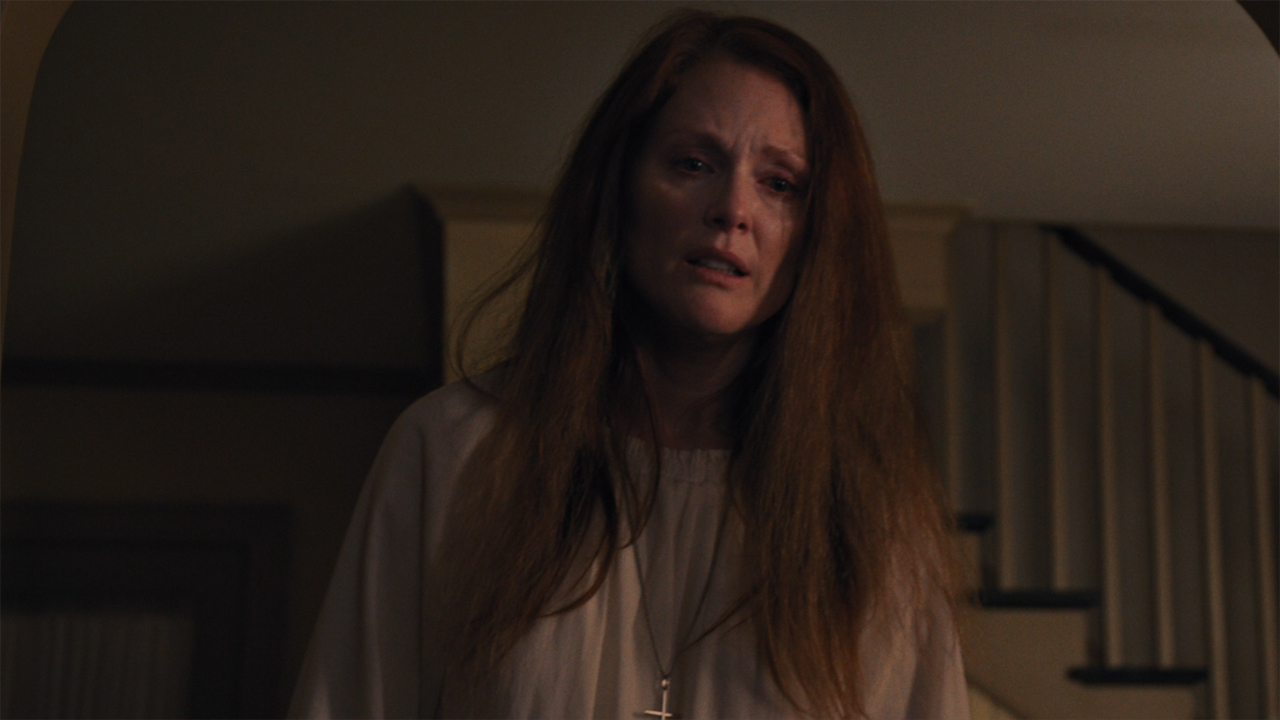
How To Watch Kimberly Peirce’s Carrie
I’m incredulous that this feature will inspire much in the way of curiosity about checking out Kimberly Peirce’s Carrie, but if you do now find yourself with that impulse, I suppose the “good” news is that it’s a movie that is widely available. In addition to being available on major streaming services Amazon Prime and Paramount+, you can also watch it if you have Epix on The Roku Channel or Philo subscriptions. As far as digital rental and/or purchases go, the film is in the Amazon, Apple, and Google Play catalogs, and those of you who are building the Ultimate Stephen King collection can find it on Blu-ray.
Looking ahead to next week’s Adapting Stephen King, I’ll be taking a look at one of the few feature film projects in the canon for which the author himself personally wrote the screenplay – namely Peter Askin’s A Good Marriage, based on the novella of the same name from the 2010 collection Full Dark, No Stars. The column will be featured in the CinemaBlend Movies section next Wednesday, and between now and then you can check out all of my previous installments by clicking through the banners below.







Eric Eisenberg is the Assistant Managing Editor at CinemaBlend. After graduating Boston University and earning a bachelor’s degree in journalism, he took a part-time job as a staff writer for CinemaBlend, and after six months was offered the opportunity to move to Los Angeles and take on a newly created West Coast Editor position. Over a decade later, he's continuing to advance his interests and expertise. In addition to conducting filmmaker interviews and contributing to the news and feature content of the site, Eric also oversees the Movie Reviews section, writes the the weekend box office report (published Sundays), and is the site's resident Stephen King expert. He has two King-related columns.

